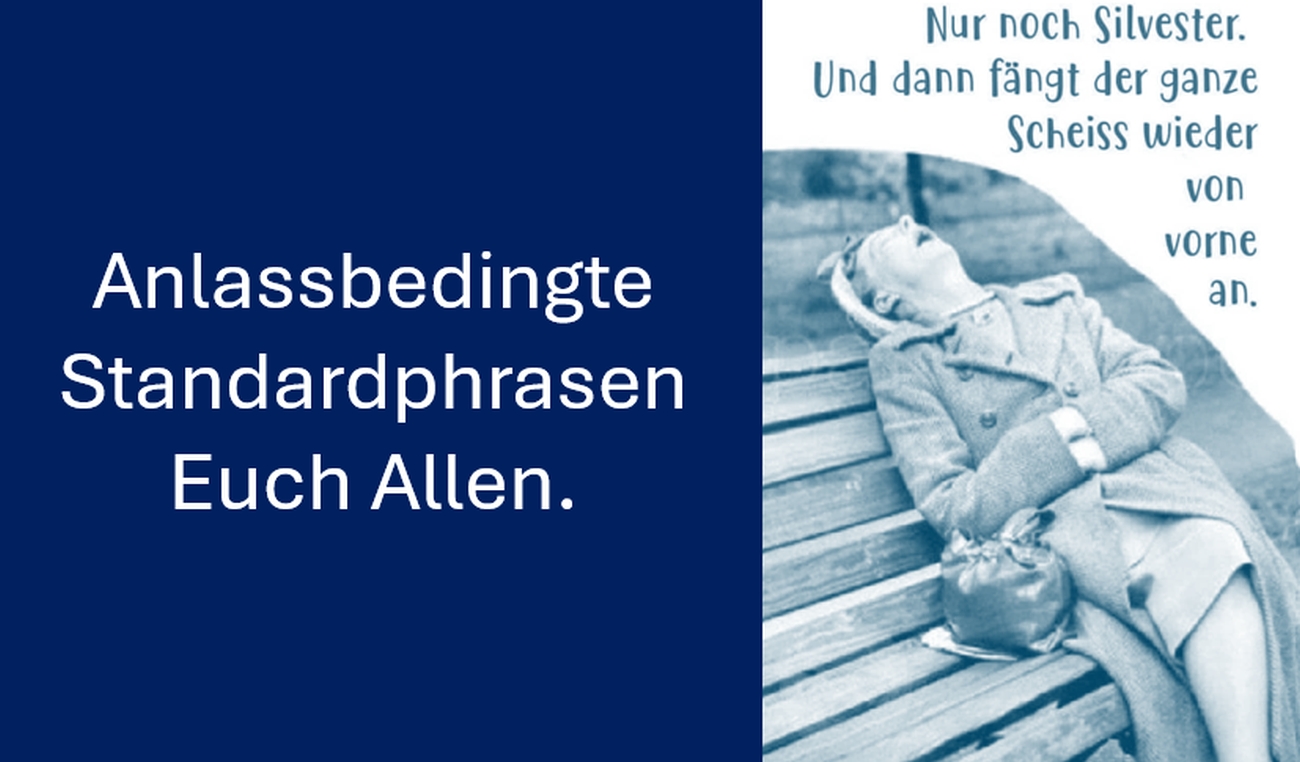🎆2024 ist zu Ende…das Krisenjahr 2025 steht vor der Tür🎆
Ein überaus vielfältiges und „interessantes“ Jahr voller Überraschungen, Wendungen, Disruptionen, geopolitischem Irrsinn und zahlreichen Verrückten in -für den Geisteszustand unpassenden- wichtigen Ämtern.
Ampelversagen und Scholzomat (widerliches Verhalten nach dem Ampelaus zeigt den wahren Charakter) hin oder her, noch haben wir glücklicherweise nicht solche Egomanen als Staatschefs, wie in den Ländern, die gerade die Eckpfeiler der Weltordnung versetzen wollen und damit massiv internationale Beziehungen verschlechtern, Kriege anzetteln oder wirtschaftpolitische Idiotie zur Verhandlungsmasse erklären. Manchmal hat die deutsche Lethargie dann doch gewisse Vorteile.
Leider haben sich unvorteilhaft entwickelnde wirtschaftliche Rahmenbedingungen den für das Lieferkettenmangement verantwortlichen Menschen abermals viel abverlangt.
2025….
… wird eine ebenso skurrile Fortsetzung. Wird es das Krisenjahr 2025? Garantiert, es geht schon im Januar weiter (gibt ja diverse Wahlen bzw. Regierungswechsel)
Auch wenn natürlich KI Tag für Tag als der ultimative Heilsbringer für alle Probleme abgefeiert wird, befürchte ich, dass mögliche Effizienzvorteile durch KI & Digital durch zu viele menschengetriebene Irrationalitäten vernichtet werden. Das nennt sich dann Realität
Natürlich ist Social Media, z.b. LinkedIn, in den letzten Tagen voll mit den schrägsten Postings zu den enormen eignen Erfolgen der letzten Monate, pseudopsychologischen Selbstreflexionen zur eigenen Rolle, fragwürdigen Ableitungen zu Erlebnissen (mein Fußpilz im Mai und was ich darauf für mein Startup gelernt habe) oder von chatgpt auf Basis schlecht gedengelter Prompts, verfasster Trendprognosen und sonstigen Vorhersagen für 2025, die oftmals eher den eigenen Unternehmenszielen und Wunschvorstellungen entsprechen.
Stellen wir uns mal auf ein Jahr ein, das für viele selbsterklärten Prognostiker einen großen aha- bzw. oha-Effekt bringen wird. Denn Unternehmen im Krisen- oder gar Überlebensmodus priorisieren und handeln ganz anders, als viele Digitalbuden oder Weltoptimierter es sich vorstellen oder wünschen.
In dem Sinne ein Gutes Neues Jahr mit viel Energie und eine glückliche Hand für die kommenden Herausforderungen. Eventuell doch mit einer Priorität auf resilienzsteigernde (totes Buzzword, aber für das Jahr relevant) Maßnahmen.
Auf ein überaus spannendes 2025. Das wird es werden: für uns alle und für targetP evolving procurement, denn ab dem 1.2.25 wird es gravierende Änderungen geben ..stay tuned.

